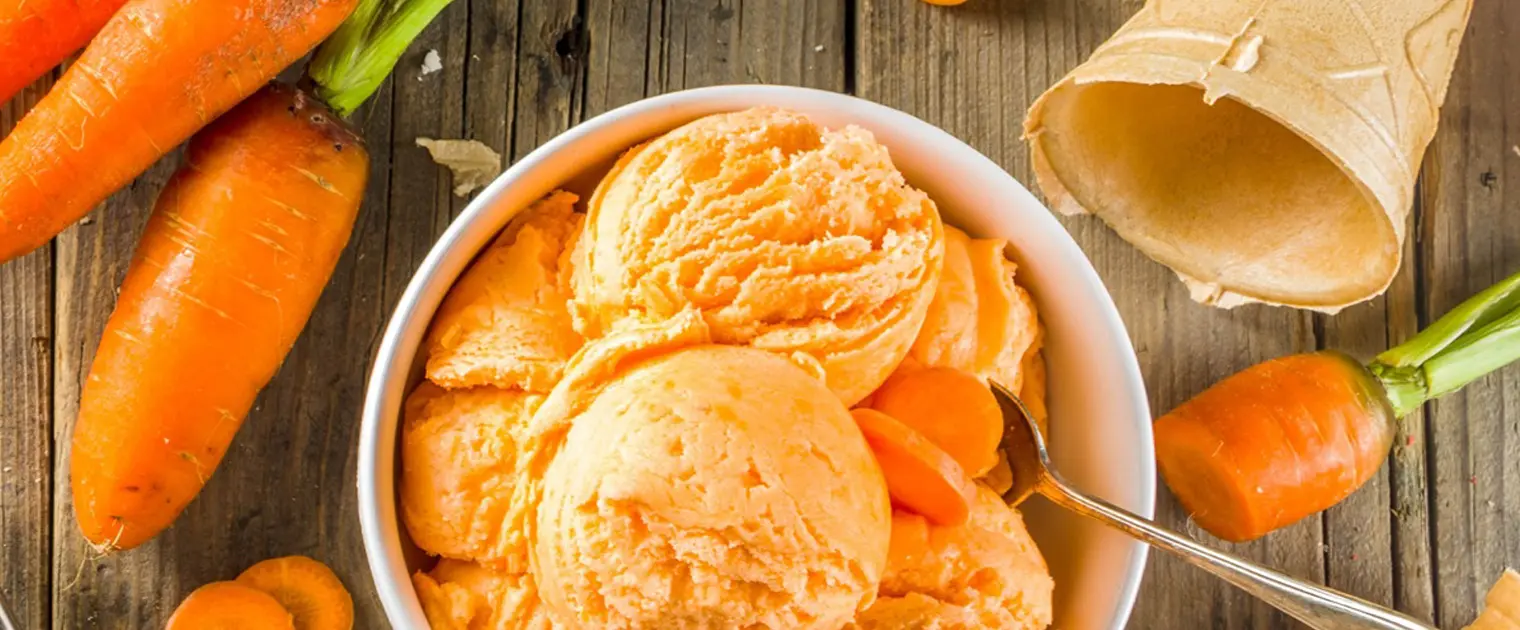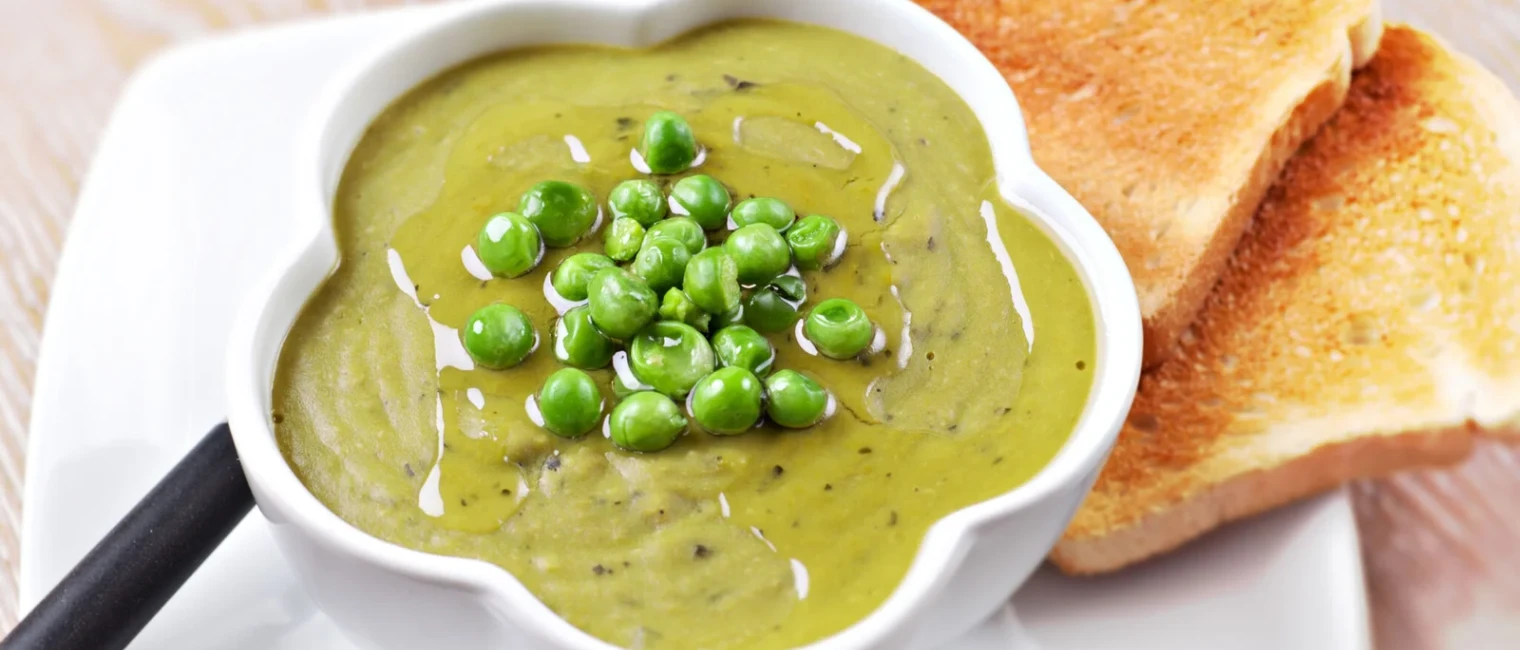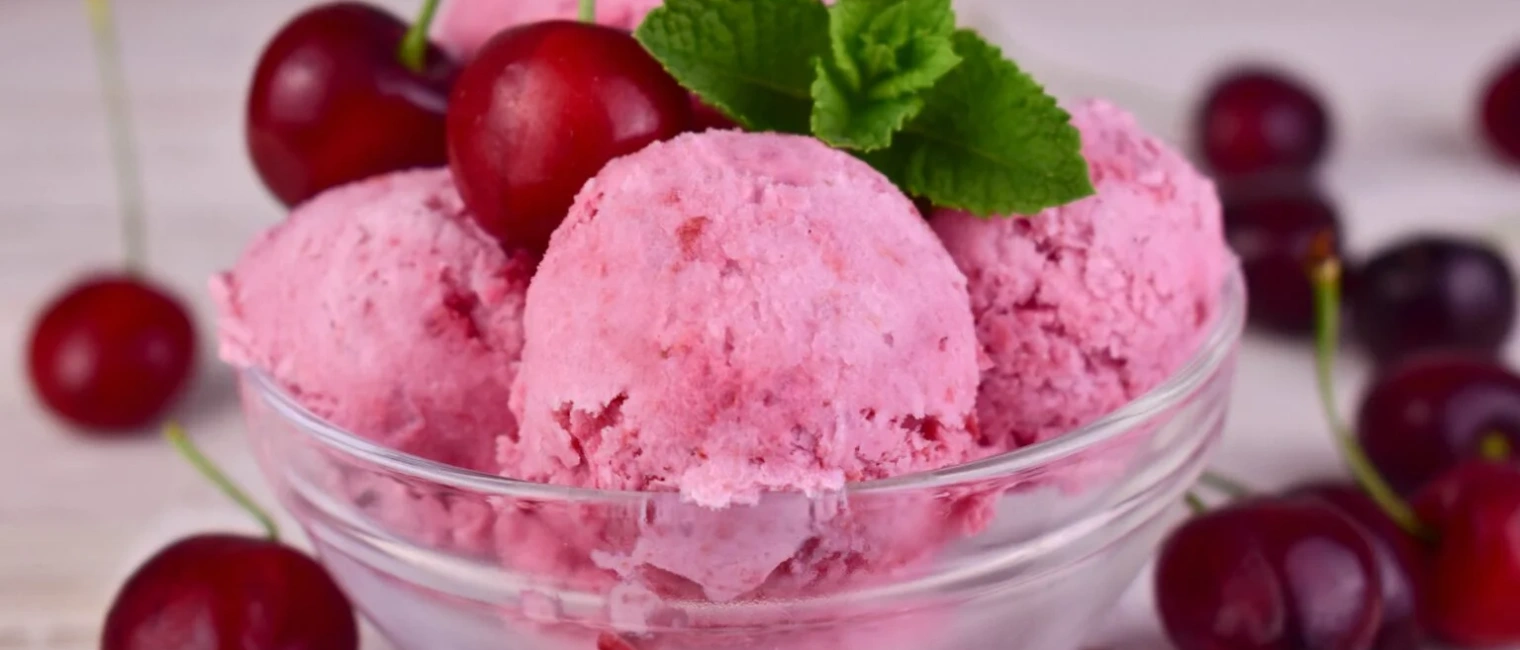Orange energy drink, yellow cheese, red candies… There are different food items colored in bright yellow, orange, and red. Color is one of the key factors that impact consumer choices.
However, not just any colors. Today’s health and environment-conscious consumers go for only natural foods to the extent of the additives present in the food – including food colors.
Food color manufacturers have addressed this increasing demand for natural foods by innovating and introducing creative color formulations. When it comes to yellow, orange, and red shades in foodstuffs, manufacturers look to beta carotene. Let’s understand what are beta carotene food colors, where they’re derived from, and their applications in the food industry.
What is Beta-Carotene?
It is a type of carotenoid, a compound found in fruits and vegetables that are yellow, red, and orange. For example, paprika, orange carrot, and saffron contain different types of carotenoids that are used as natural colors.
Beta-Carotene is a common food additive used as a food color in various applications. The concentration, proportion, and chemical structure of carotenoids influence their application. The application of beta carotene food coloring ranges from bakery, and confectionery, to beverage, dairy, and more. They offer excellent light, heat, and pH stability.
Its intrinsic antioxidant properties and plant bioactive compounds make beta carotene healthy for the body. It is known to benefit different functions of the body as well as reduce the risk of lung cancer.
Beta-Carotene Applications
Beta-Carotene colors in food can be found in the bakery, confectionery, beverages, frozen drinks, dairy, cheese, jelly, and coating, among other applications. Beta carotene is used to provide shades ranging from yellow to orange to red. It is also used to provide peach and pink shades.
Types of Beta-Carotene
Beta-Carotene colors are available in different forms:
- Water-soluble liquid
- Water-soluble powder
- Oil-soluble liquid
Beta-Carotene Stability
Beta-Carotene is widely used as a food additive to color foods. However, one of the critical challenges of using beta-carotene is its poor water solubility. This limits its applications. But food color experts found a solution. Its stability in water can be improved through the processes of emulsification and microencapsulation, making it a water soluble product. Encapsulation slows down the degeneration rate. Beta carotene colors made through this process are more stable in water.
Beta-Carotene Range by ROHA

ROHA has combined its color expertise and experience with advanced technology and research to introduce creative beta-carotene color solutions. These includes:
- 1-10% Beta carotene water Dispersible powder: Spray dried.
- 10% Beta-carotene Water Dispersible Liquid: Encapsulation
- 10% Beta-carotene Beadlet: Granulation
- 1, 5 and 10% Beta-carotene Emulsion: Emulsification
- 30% Beta-carotene Oil Soluble Liquid
- Blends for water-dispersible Powders and Oil Soluble Liquids as per the requirement.
- ROHA offers a special type of beta carotene – rose pink. It provides a peach pink color and is applicable in dairy products, among others.
If you’re a food manufacturer looking for beta-carotene colors for food products, ROHA can provide a range of beta-carotene solutions. With ROHA’s superior capabilities, you can assure excellent customized color solutions for a wide range of applications. Contact ROHA for all your color needs.






Global
Simpsons